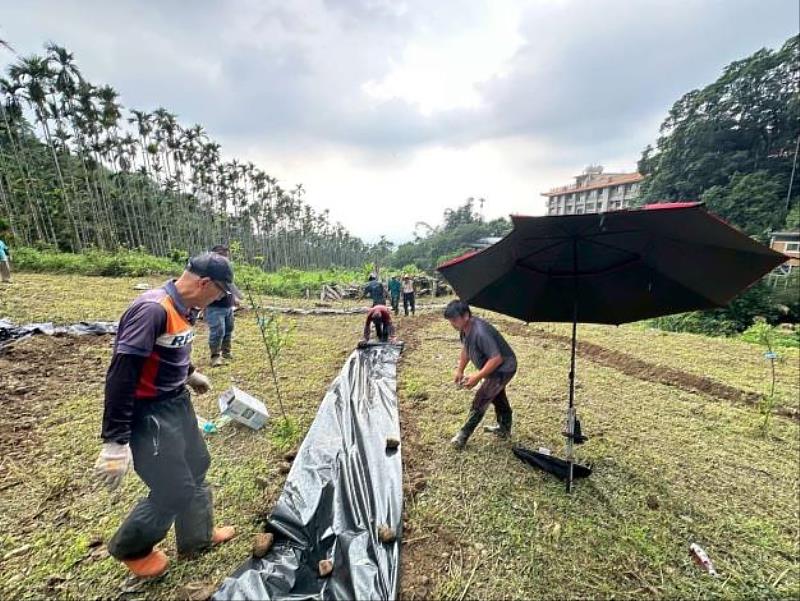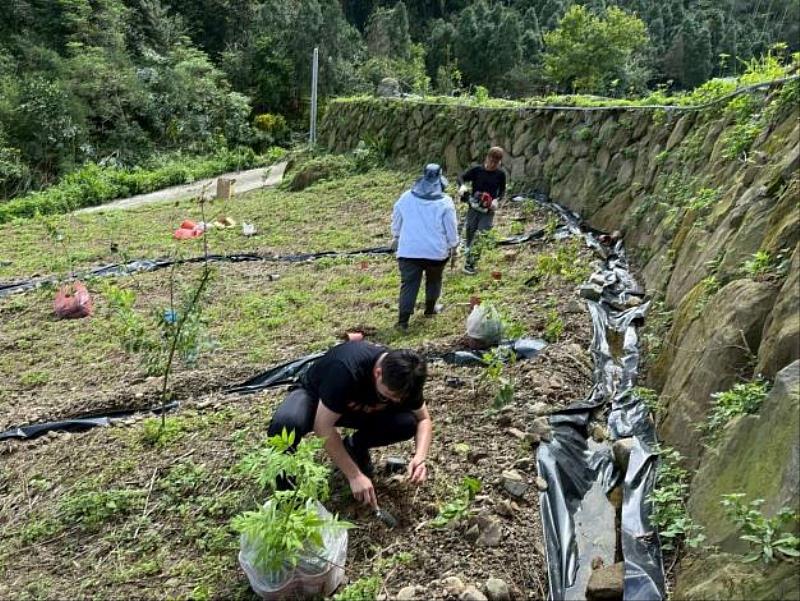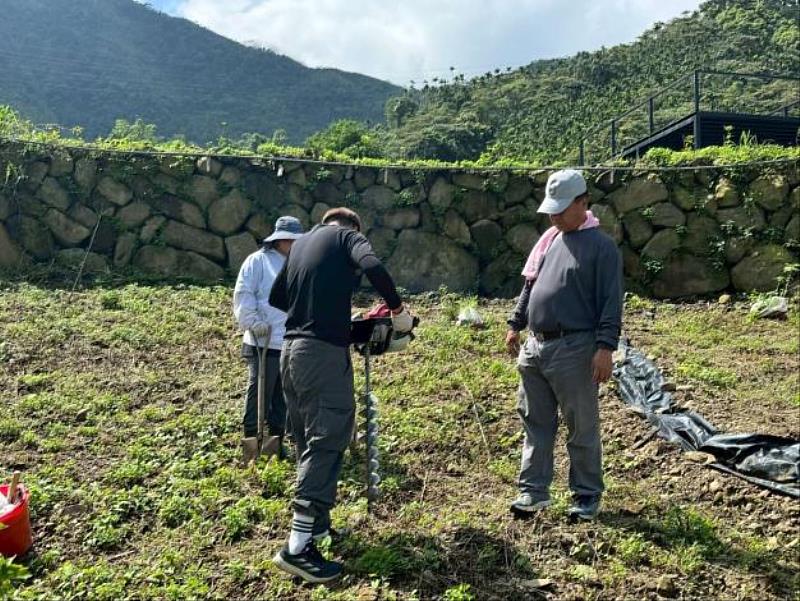- County Magistrate Chang delivers lecture at NTNU on advancing agricultural competitiveness through smart innovation
- Huwei Farmers’ Association launches new product to promote Yunlin’s peanuts
- Promotion program for ecological service payments enhances Yunlin County’s biodiversity
- 2025 Yunlin International Agricultural Machinery and Materials Exhibition to take place from Oct. 25 to 27
- County government team wins multiple governance awards; Magistrate Chang: Yunlin aims to be Taiwan’s most livable and sustainable county
Yunlin County expands firefly-watching sites to support restoration efforts
(中央社訊息服務20251028 18:33:56)Committed to promoting firefly restoration, the Yunlin County Government has invited academic institutions, private organizations, and local parks to establish a collaboration, launching firefly habitat restoration projects in Huashan, Zhanghu, and Caoling. Notably, this year, Tianxiu Villa and Guifei Farm were assigned as new educational centers, and a "Firefly Viewing Demonstration Area" was established at the Dahudi area of Huashan village. These efforts aim to restore black fireflies and deepen local ecotourism and environmental education.

The Yunlin County Government's Department of Agriculture stated that the county’s firefly restoration sites are spread across the Debris Flow Mitigation Demonstration Area and the Shanzhu Lake in Huashan, the Chienchenlung in Zhanghu, and the Master Chang Ecological Tea Garden. The restored species include a variety of native fireflies, including Aquatica ficta, Luciola anceyi, Luciola cerata, Pyrocoelia analis, and Lychnuns praetexta. Firefly protection measures such as reduction of light pollution, water pollution, and habitat destruction, as well as the restoration of wetlands and streams, are crucial to enhancing the stability and reproduction of firefly populations.
The Dahudi Firefly Viewing Demonstration Area is located in an area with abundant water resources, providing ideal conditions for the restoration of aquatic fireflies. The restoration strategy includes preserving native streams, introducing a natural drainage source created by a drop in elevation, and retaining small ponds within the site. Impermeable layers are laid to enhance water accumulation and soil absorption, forming natural shallow wetlands that reduce water flow and prevent drying. Leaf litter, dead wood, and humus are used to maintain soil moisture, forming an ideal habitat for firefly larvae and their food sources - snails and slugs.

This restoration project is collaborated with Professor Ho Kun-yi's team at Chiayi University. Through field trips, the students gained practical experience in habitat investigation, cultivation, and improvement, which aimed to increase the population of black fireflies. To reduce the impact of light pollution, the park added shade systems and tree barriers and incorporated multiple vegetation layers, including a tree layer (to provide shade, moisture retention, and cooling), a shrub layer (to provide hiding places for prey), and a herbaceous layer (to provide resting and hunting spots for adult insects), thereby enhancing overall biodiversity.
In addition, the area is planned with the addition of 180 native plant species, including bishop wood, five-leaved chaste tree, ring-cupped oak, whole-leaf hawthorn, Taiwanese cheesewood, and Formosan gum. This will create a well-structured habitat and further restore ferns and ground cover plants, providing food and shelter for fireflies and their prey. As a natural learning environment with exemplary and educational value, in the future, the site will open for local schools for courses and visits to promote sustainable environmental education.

The Yunlin County Government's Department of Agriculture stated that through the collaborative efforts of various parties, they hope to see the gradual improvement of firefly habitat restoration initiatives, allowing fireflies to once again become a shining memory in the countryside and set a good example for ecological conservation efforts throughout Taiwan. Going forward, the county government will continue to expand restoration sites and educational resources to foster greater awareness of the ecology of fireflies and to protect the environment.





